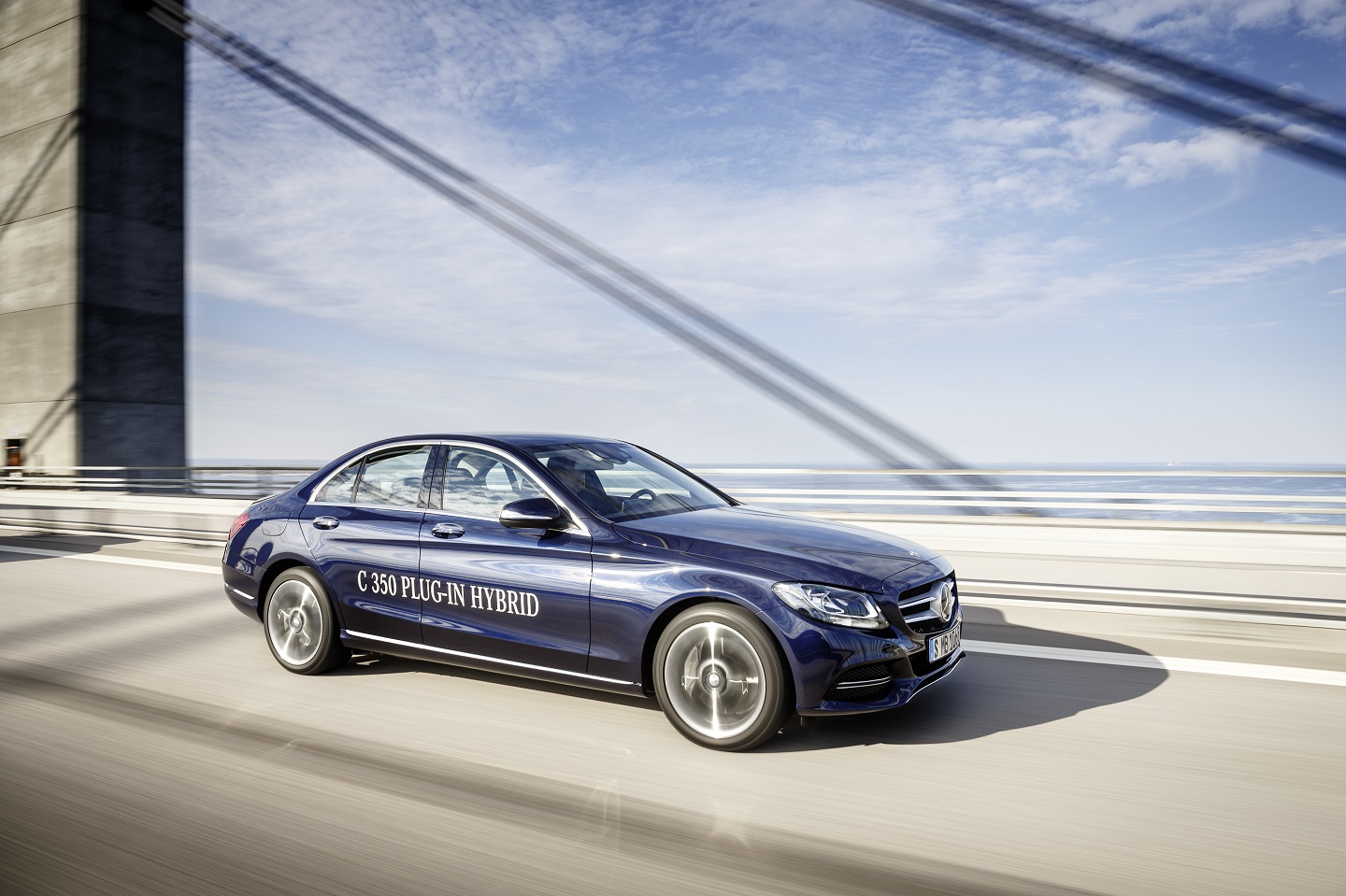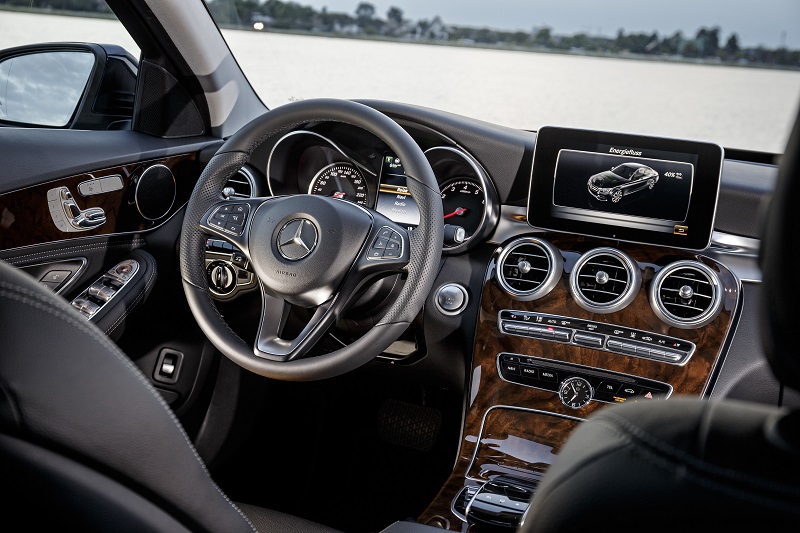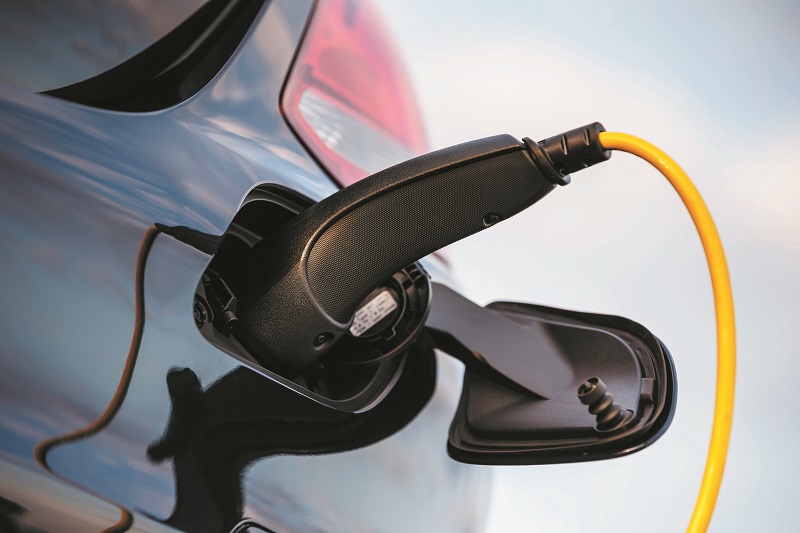
As a given, all Mercedes-Benz cars are a pleasure to drive and they provide exceptional comfort and safety. No matter what the model or the engine capacity, there is never doubting the experience of being in any of the marque’s cars. That is how it is with the new C 350 e, which happens to be Mercedes-Benz Malaysia’s first model to feature plug-in hybrid technology: Attention assist, collision assist plus, Airmatic air suspension plus and pre-entry climate control are but some of the standard safety and comfort features included in this absolute stunner of a car.
Indeed, what is most notable about this car is not what is in the cabin, but what is under the hood. Thanks to the combination of a powerful efficient four-cylinder petrol engine and an electric drive train, the hybrid drive system delivers impressively low consumption but with high performance. The C 350 e accelerates from zero to 100kph in 5.9 seconds and has a top speed of 250kph. This is in conjunction with certified fuel consumption of 2.1 litres per 10km. This corresponds to CO² emissions of 48g per km. The C 350 e also offer the possibility of driving up to 31km in all-electric mode, thus emitting no CO² at all.
The car’s electrical energy storage unit is a high-voltage lithium-ion battery with a total capacity of 6.2kWh, which can be charged from an external power source. The 100kg battery is water-cooled and mounted in a sheet-steel housing under the rear axle to maximise crash safety, driving dynamics and boot space. En-route to a couples-only getaway in Penang, I had little need for the 335-litre boot space — a number that jumps to 1,370-litre with the rear-seat backrests folded down and a level load compartment floor.

As easy to use as any other hybrid car — start her up and it’s a matter of putting the pedal to the metal — the C 350 e boasts many intelligent touches but an easy favourite is the haptic accelerator pedal, which helps to reduce fuel consumption. When you are in electric mode and your foot meets a point of resistance on the accelerator pedal, this is an indication that maximum electric performance is being delivered. Continue to depress the accelerator beyond this point and the combustion engine will kick in.
Another cool party trick is the way the Eco Assist function signals that you should remove your foot from the accelerator pedal in order to switch off the combustion engine and decouple it from the drive train. Assuming that you adhere to what the double impulse suggests, the intelligent engine management system of the C 350 e will vary the deceleration mode between unpowered (sailing) and recuperation, using data from the car’s radar system as its basis.
When you select the Eco and Comfort transmission, you can opt to drive in all-electric mode, hybrid mode, e-save (where the charge status of the battery is maintained) and charge, which allows the battery to be recharged while driving using the combustion engine.

Upon picking up the car from Mercedes-Benz’s sprawling facility in Puchong, we get caught in bumper-to-bumper traffic leading to the highway. I select the e-mode for this part of the journey, just to put the system through its paces. The car glided quite elegantly, the steering was light and manoeuvring the car was almost effortless. (Back home three days later, I found electric mode ideal for nearby drives, doing the daily school run or quick trips into the city. Its almost effortless performance makes running the most banal of errands a sheer delight.)
On the snaking asphalt curves of the North-South Highway, the hybrid mode offered good performance and driving pleasure — it was powerful enough to satiate my petrol head tendencies, but not so much that making an emergency mangosteen pit stop became impossible. But on the way home, desperate to beat the festive traffic, I flipped to sport mode and let the engine roar, which meant that a pit stop at a fuel station was quickly necessary. While the drive experience on sport mode was more dynamic and arguably more fun, I can see myself making the trade-off quite often — only slightly less power and performance, but a huge improvement in efficiency and consumption.
Later on, I discovered that the best strategy for efficient operation is anticipatory driving. If the exact destination is known because the relevant data has been entered into the navigation system, charging and discharging of the C 350 e’s high-voltage battery are controlled to ensure the optimal use of energy over the whole route. Another key point is that you should arrive in urban areas with a fully charged battery if possible, so that the vehicle can be driven efficiently in stop-and-go traffic, frequently in electric mode.


